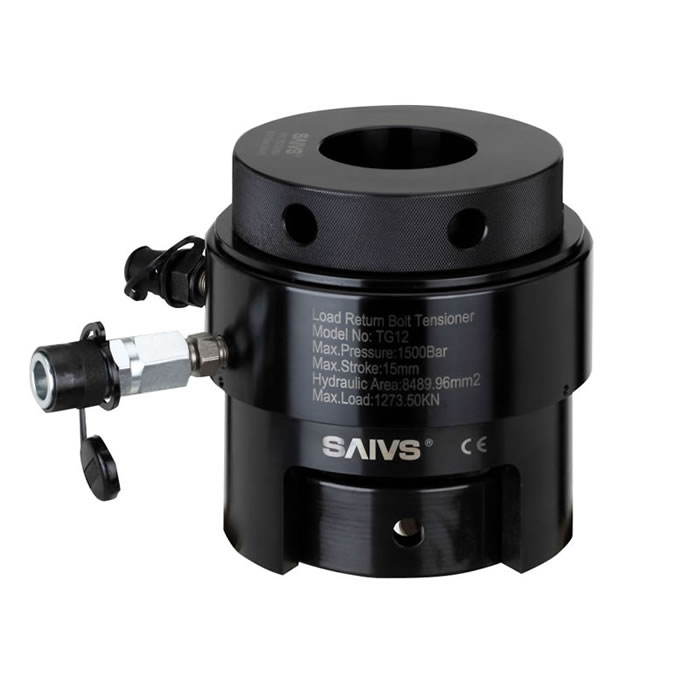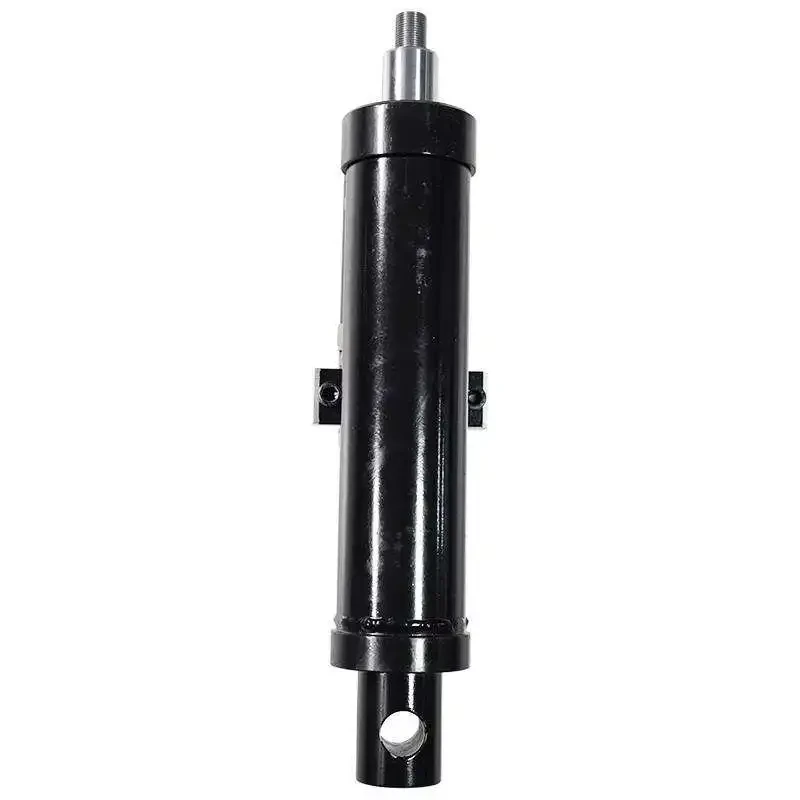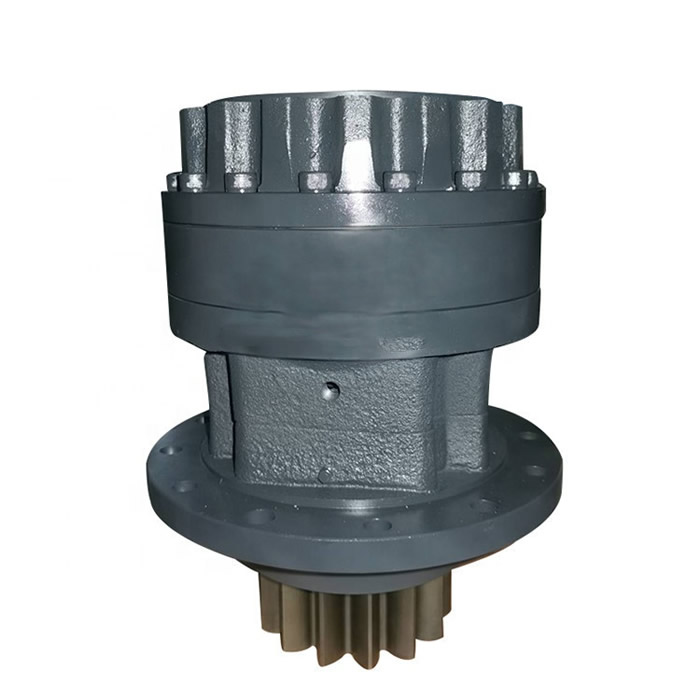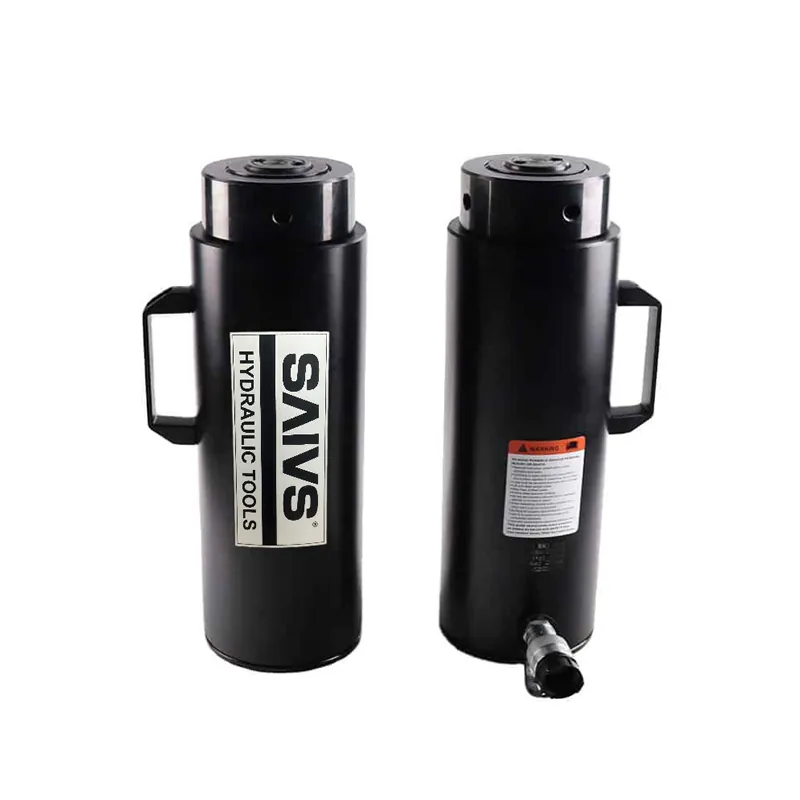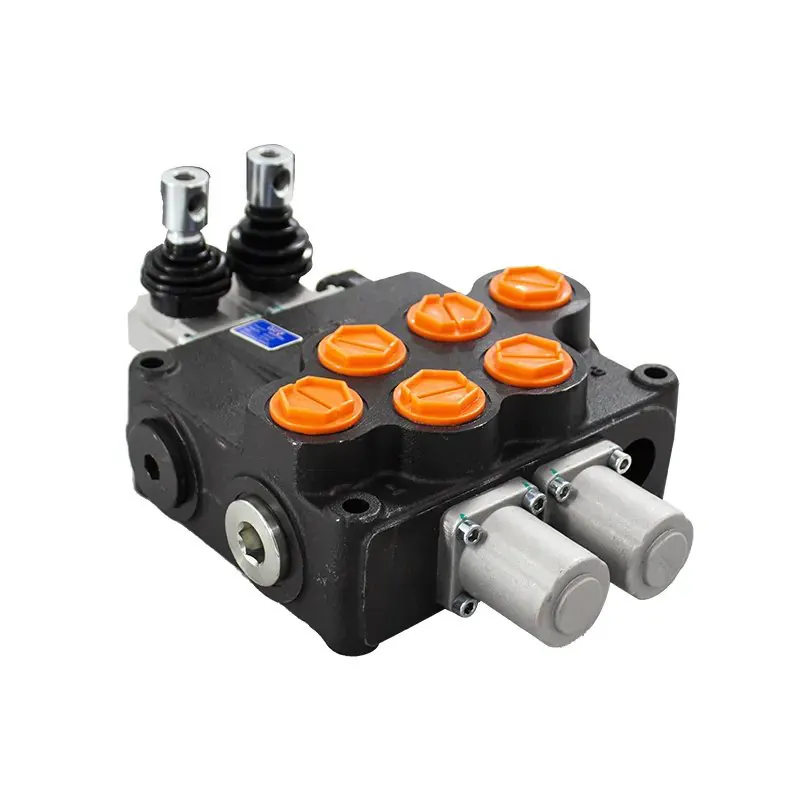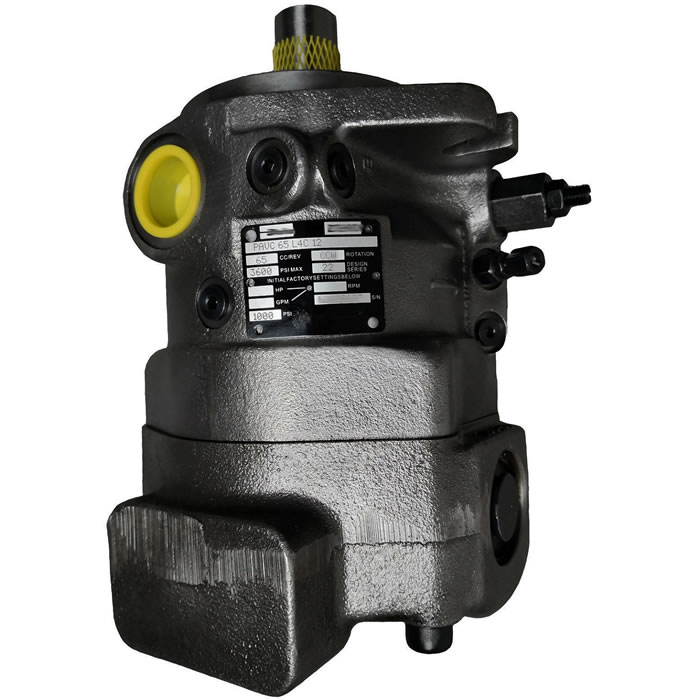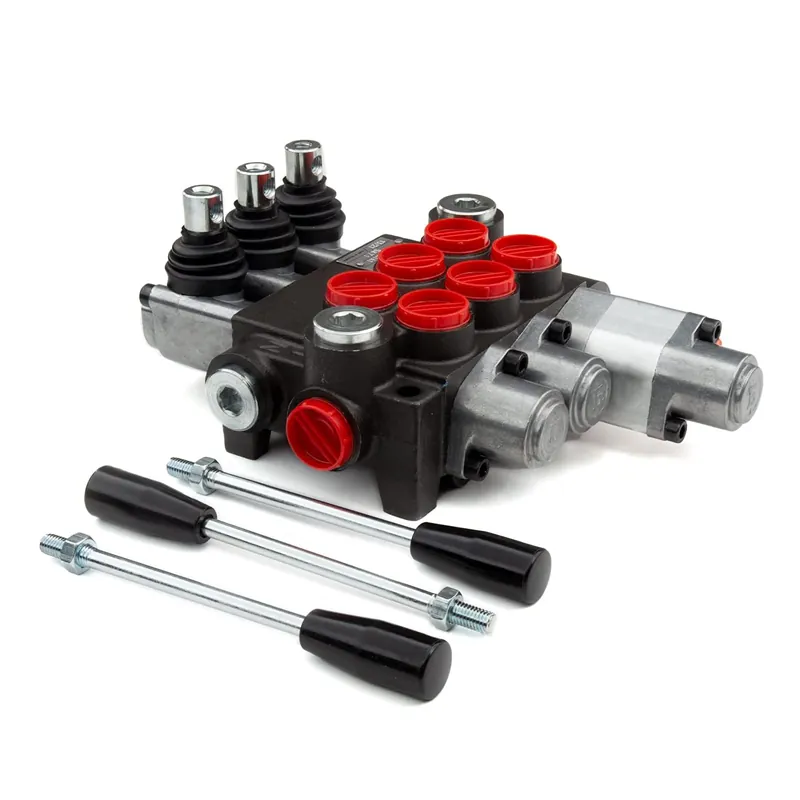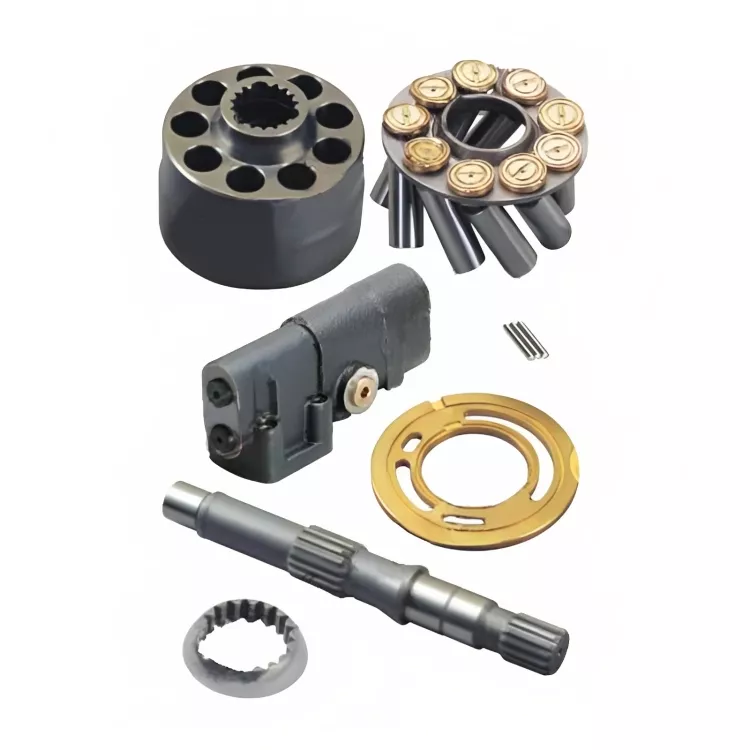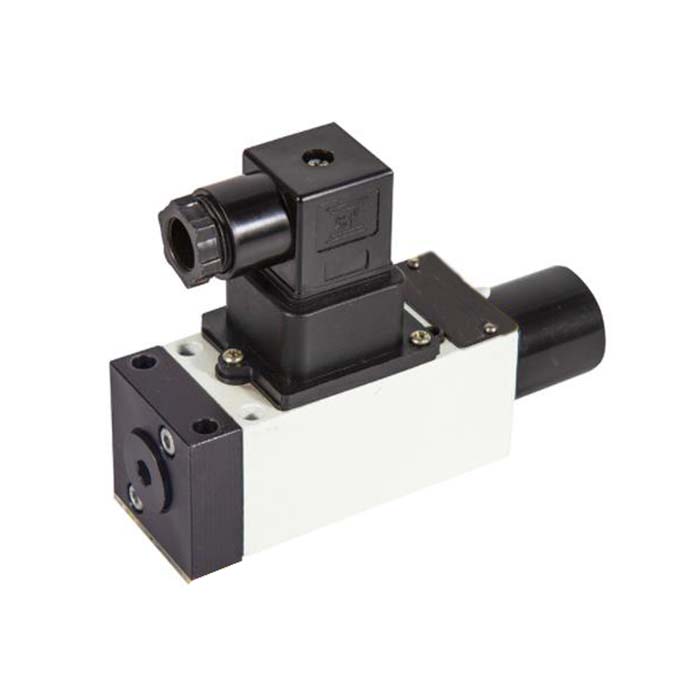Overview Of Hydraulic Bolt Tensioners
Introduction
Hydraulic Tensioners are devices that use hydraulic pressure to apply force to a bolt or other fastener.
They are used in a variety of applications, including automotive, industrial, and aerospace.
How Hydraulic Tensioners Work
The basic principle of hydraulic tensioners is simple. The tensioner has a chamber that is filled with hydraulic fluid.
A piston is connected to the bolt or fastener, and the fluid is used to push the piston against the bolt.
The amount of force that is applied to the bolt is determined by the pressure of the hydraulic fluid.
The higher the pressure, the more force is applied.
Types of Hydraulic Tensioners
There are two main types of hydraulic tensioners:
Constant pressure tensioners: These tensioners maintain a constant pressure on the bolt.
Variable pressure tensioners: These tensioners can adjust the pressure on the bolt as needed.
Functions of Hydraulic Tensioners
Hydraulic tensioners are used for a variety of purposes, including:
Maintaining belt tension:
Hydraulic tensioners are used in many automotive applications to maintain belt tension.
This helps to ensure that the belts operate properly and do not slip.
Holding components in place:
Hydraulic tensioners can be used to hold components in place.
For example, they are often used to hold the camshaft in place in an engine.
Applying preload:
Preload is a force that is applied to a bolt or fastener before it is tightened.
Preload helps to ensure that the bolt or fastener does not loosen over time.
Hydraulic Tensioner Terminology
There are a few key terms that are important to understand when working with hydraulic tensioners. These terms include:
Pressure: The pressure of the hydraulic fluid in the tensioner.
Flow: The rate at which the hydraulic fluid flows through the tensioner.
Preload: The force that is applied to the bolt or fastener before it is tightened.
Improving Performance and Efficiency
A hydraulic tensioner is a device used in various mechanical systems, such as engines or industrial machinery,
to maintain proper tension in belts, chains, or other components. It improves performance and efficiency in several ways:
1. Consistent Tension:
A hydraulic tensioner ensures a consistent and optimal level of tension in the system.
This helps to prevent slippage, excessive vibration, and premature wear of the components.
By maintaining the correct tension, it enables the system to operate smoothly and efficiently.
2. Automatic Adjustment:
Hydraulic tensioners are designed to automatically adjust the tension based on the system's requirements.
They can compensate for changes in temperature, component wear, and other factors that may affect the tension.
This eliminates the need for manual adjustment, saving time and effort.
3. Reduced Friction and Energy Loss:
Proper tension reduces the friction between moving components, such as belts and pulleys.
By minimizing friction, a hydraulic tensioner helps to reduce energy loss in the system.
This leads to improved efficiency and can contribute to overall energy savings.
4. Enhanced Component Life:
Maintaining optimal tension with a hydraulic tensioner helps to extend the lifespan of the components involved.
Preventing excessive stress, stretching, or misalignment, reduces the likelihood of component failure or breakdown.
This translates to improved performance and reliability of the system.
5. Noise and Vibration Reduction:
In systems where belts or chains are used, a hydraulic tensioner can help reduce noise and vibration.
By keeping the components properly tensioned, it minimizes unwanted vibrations and noise generated during operation.
This leads to a quieter and more comfortable working environment.
Related Product:TG Series Hydraulic Bolt Tensioners

